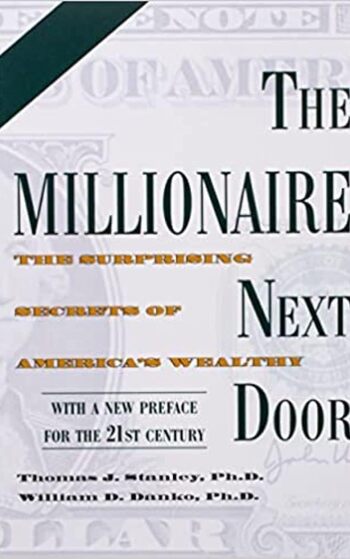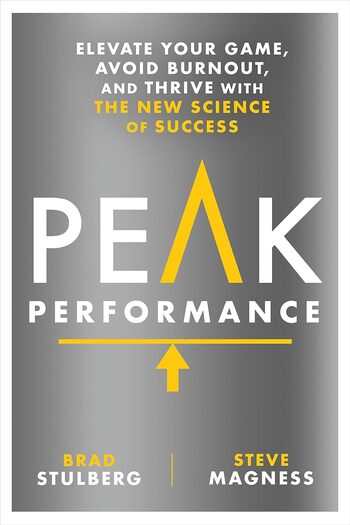
The book explores the science of how our brain’s pleasure circuit influences habits, decisions, and addictions through activities like eating, sex, drugs, and gambling, showcasing their physiological basis.
Main Lessons
- Our pleasure circuit is located in the medial forebrain and is responsible for addictive behaviors and habits.
- Dopamine released by the ventral tegmental area plays a crucial role in learning, habits, and addictions.
- Activities like eating fatty foods, drug use, and sex trigger the brain’s pleasure centers.
- Addictions can physically change brain structures, creating dependence over time.
- Fatty foods can override the brain’s weight management systems, especially with leptin resistance.
- Romantic love deactivates judgment while sexual activity is driven by sensory pleasure.
- Gambling and other uncertain activities can be just as addictive as substances, strengthened by both nature and nurture factors.
- Exercise can provide immediate euphoria through the release of opioids and endocannabinoids.
- Altruistic acts, such as charitable giving, also activate the pleasure circuit, equating it with monetary gain.
- Most pleasurable experiences have a shared physiological basis in the brain, highlighting the interconnectedness of different addictions.
- Understanding brain pleasure circuits can help in managing habits, addiction, and decision-making processes.








